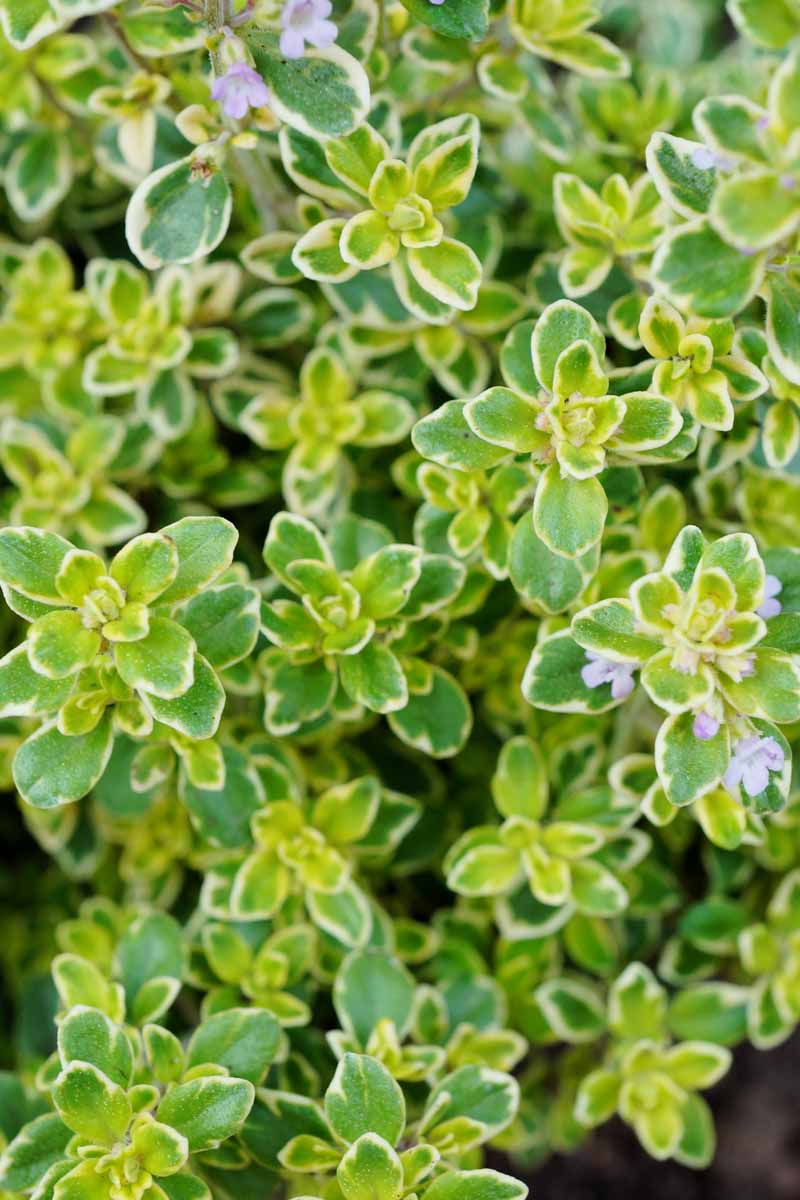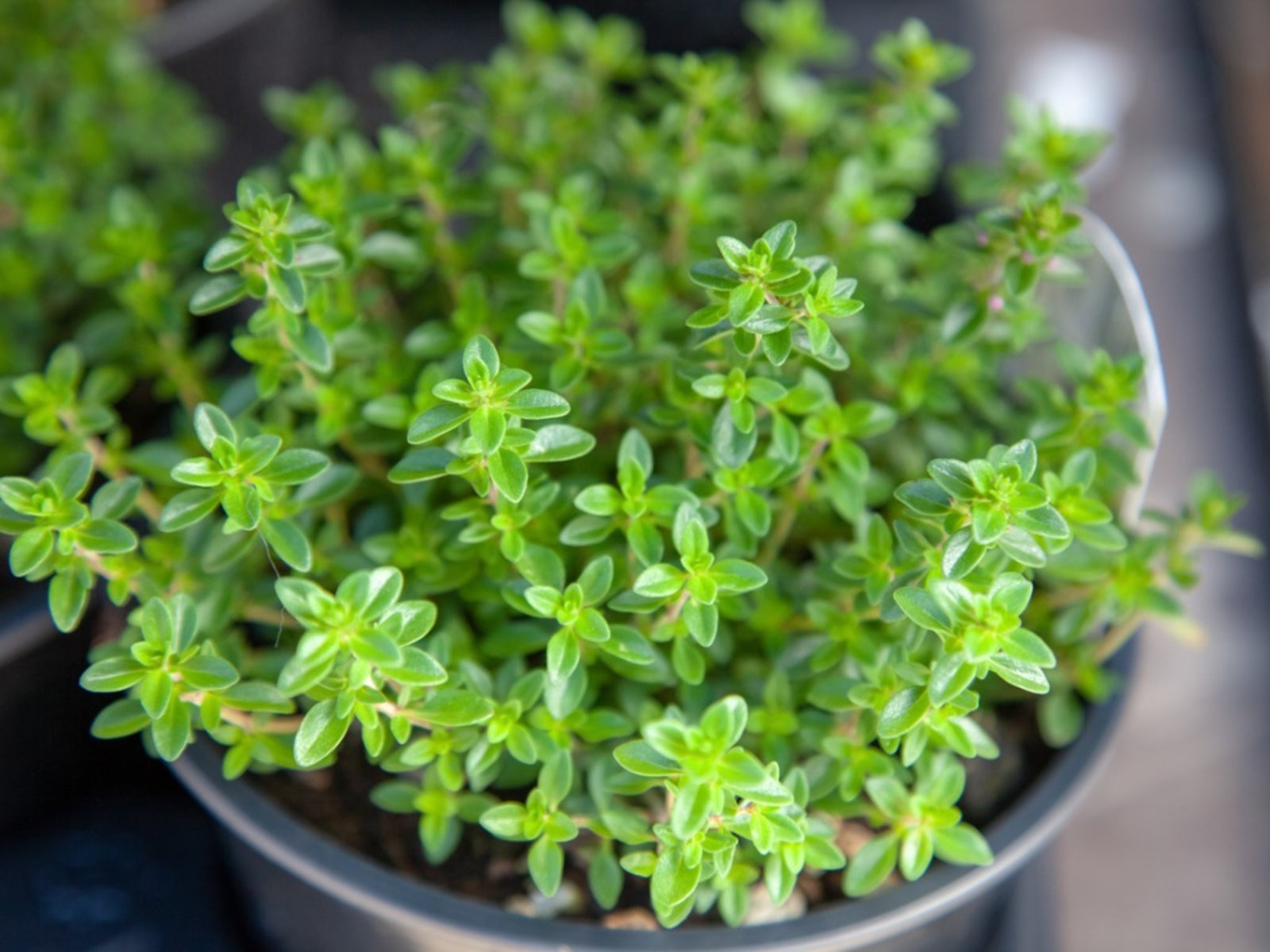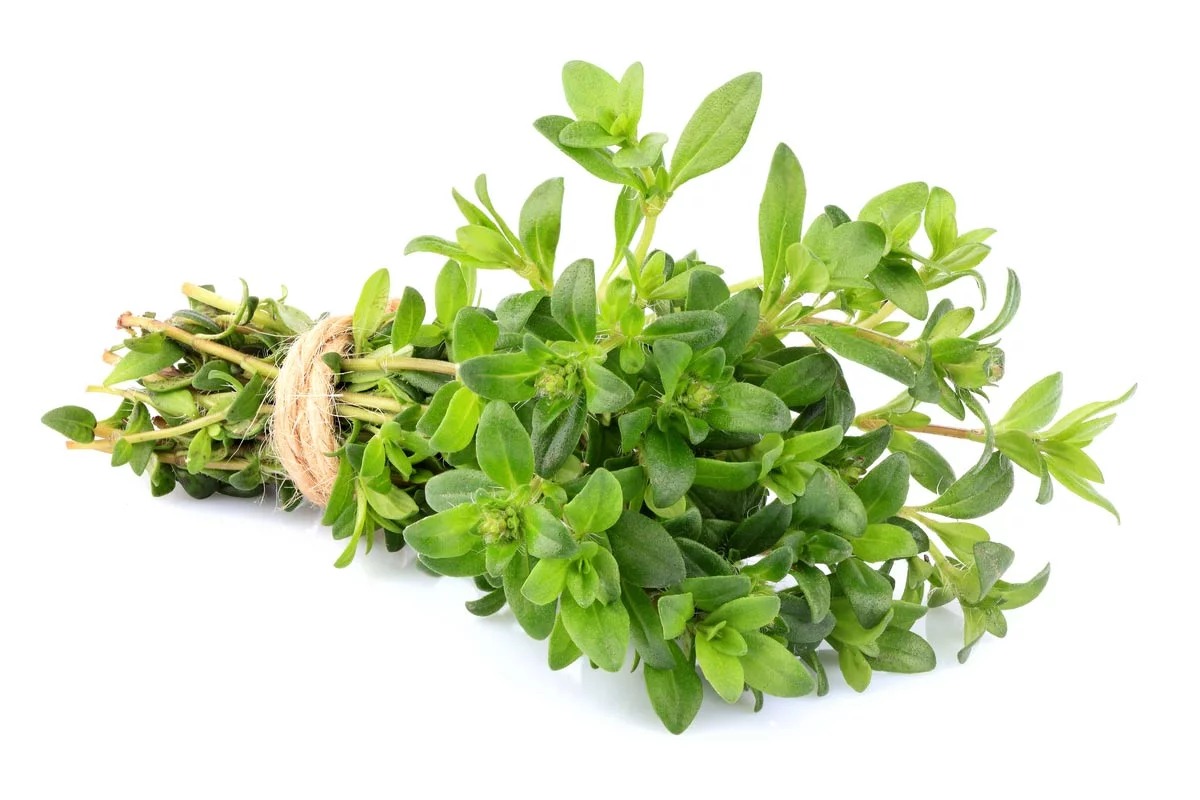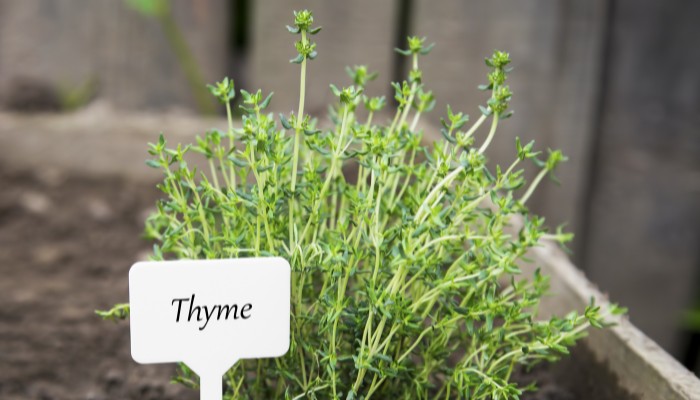What Makes Thyme a Valuable Addition to Your Garden
Thyme, a popular herb used in cooking, offers a multitude of benefits that make it a valuable addition to any garden. Its fragrance, flavor, and medicinal properties have been utilized for generations, making it a staple in many cuisines. Whether used fresh or dried, thyme adds depth and complexity to a variety of dishes, from soups to sauces. Moreover, its antibacterial and antifungal properties make it a natural remedy for many ailments. With its numerous benefits, it’s no wonder thyme is a popular choice for gardeners and cooks alike. Whether you’re a seasoned gardener or just starting out, thyme is an excellent herb to consider adding to your garden, especially since it’s a low-maintenance herb that can thrive with proper care.
Understanding Thyme’s Life Cycle: Is it a Perennial or Annual?
When it comes to understanding thyme’s life cycle, it’s essential to know the difference between perennial and annual plants. Perennial plants are those that live for more than two years, regrowing new stems and foliage from the same roots each year. Annual plants, on the other hand, complete their life cycle within a year, germinating, growing, producing seeds, and dying all within a single growing season. So, is thyme a perennial plant? The answer is yes, thyme is a perennial herb that can thrive for many years with proper care. In fact, thyme plants can live for up to 10 years or more in ideal conditions. This means that once established, thyme plants require minimal maintenance and can provide a bountiful harvest year after year.
How to Care for Thyme: Tips for a Thriving Perennial
To ensure a thriving thyme plant, it’s essential to provide the right conditions for growth. When it comes to soil, thyme prefers well-draining soil with a pH between 6.0 and 7.0. It’s also important to choose a location that receives full sun to partial shade, as thyme requires at least 4-6 hours of direct sunlight per day. Watering is also crucial, but be careful not to overwater, as thyme is susceptible to root rot. A general rule of thumb is to water thyme when the top inch of soil feels dry to the touch. Pruning is also vital to promote healthy growth and prevent the plant from becoming leggy. Prune thyme regularly to encourage bushy growth and prevent the plant from flowering. By following these simple care tips, you can enjoy a thriving thyme plant that will provide fresh herbs for years to come.
The Benefits of Growing Thyme as a Perennial
One of the most significant advantages of growing thyme as a perennial is its hardiness. Thyme plants are incredibly resilient and can thrive in a variety of conditions, making them an ideal choice for gardeners of all skill levels. Additionally, thyme requires minimal maintenance, making it a great option for busy gardeners or those new to herb gardening. As a perennial, thyme will come back year after year, providing a constant supply of fresh herbs without the need for frequent replanting. This means that once established, thyme plants can provide a bountiful harvest for years to come, making them a valuable addition to any garden. Furthermore, thyme’s year-round availability means that gardeners can enjoy its fragrance, flavor, and medicinal properties throughout the entire growing season. Overall, growing thyme as a perennial offers a multitude of benefits that make it a worthwhile investment for any gardener.
Common Mistakes to Avoid When Growing Thyme
While growing thyme can be a rewarding experience, there are some common mistakes that gardeners should avoid to ensure a healthy and thriving plant. One of the most common mistakes is overwatering, which can lead to root rot and other problems. On the other hand, underwatering can also be detrimental to thyme plants, causing them to become stressed and vulnerable to disease. Another mistake is inadequate pruning, which can cause thyme plants to become leggy and reduce their productivity. Additionally, failing to provide thyme plants with sufficient sunlight can also hinder their growth and flavor. By being aware of these common mistakes, gardeners can take steps to avoid them and ensure that their thyme plants thrive. For example, watering thyme plants when the top inch of soil feels dry to the touch, pruning them regularly to promote bushy growth, and providing them with at least 4-6 hours of direct sunlight per day can help to prevent these common mistakes. By following these simple tips, gardeners can enjoy a bountiful harvest of fresh thyme and avoid the frustration of dealing with common mistakes.
Thyme Varieties: Which Ones are Best for Your Garden?
While many gardeners are familiar with the common thyme variety, there are actually several types of thyme that can add diversity and interest to your garden. English thyme, also known as Thymus vulgaris, is one of the most popular varieties and is prized for its strong, pungent flavor and aroma. French thyme, or Thymus fragrantissimus, is another popular variety that is known for its delicate flavor and fragrance. Lemon thyme, or Thymus x citriodorus, is a unique variety that combines the traditional thyme flavor with a hint of citrus. Other varieties include creeping thyme, which is perfect for ground cover, and wild thyme, which is a more rustic and fragrant variety. When choosing a thyme variety, consider the specific growing conditions and uses you have in mind. For example, if you plan to use thyme in cooking, English or French thyme may be a good choice. If you’re looking for a low-maintenance ground cover, creeping thyme could be the way to go. By exploring the different thyme varieties, gardeners can find the perfect fit for their garden and cooking needs.
Using Thyme in Your Cooking: Fresh or Dried?
Thyme is a versatile herb that can elevate a variety of dishes, from soups and stews to meats and vegetables. When it comes to using thyme in cooking, the question often arises: is it better to use fresh or dried thyme? The answer depends on personal preference, the type of dish, and the desired flavor profile.
Fresh thyme is ideal for dishes where a subtle, delicate flavor is desired. It pairs well with lighter ingredients, such as fish, chicken, and vegetables. To use fresh thyme, simply chop the leaves and stems finely and add them to your recipe towards the end of cooking. This will help preserve the herb’s delicate flavor and aroma.
Dried thyme, on the other hand, is perfect for heartier dishes, such as stews, braises, and roasted meats. The drying process concentrates the herb’s flavor, making it more potent and intense. Dried thyme can be used in larger quantities than fresh thyme, and it’s often preferred for its convenience and longer shelf life.
When harvesting thyme for cooking, it’s essential to do so at the right time. Pinch off the top sets of leaves to encourage bushy growth and prevent the plant from flowering. This will ensure a continuous supply of fresh thyme throughout the growing season. To dry thyme, tie the stems in small bunches and hang them upside down in a warm, dry place. Once dry, store the thyme in airtight containers to preserve its flavor and aroma.
In terms of flavor profile, thyme is often described as savory, slightly minty, and slightly lemony. It pairs well with ingredients like garlic, rosemary, and lemon, and it’s a staple herb in many classic dishes, such as chicken soup, beef stew, and roasted chicken. Whether used fresh or dried, thyme is a versatile and aromatic herb that can add depth and complexity to a wide range of recipes.
Conclusion: Why Thyme is a Perennial Herb Worth Growing
In conclusion, thyme is a valuable addition to any garden, offering a multitude of benefits for cooks and gardeners alike. As a perennial herb, thyme is a low-maintenance option that provides year-round flavor and fragrance. By understanding its life cycle, care requirements, and uses in cooking, gardeners can unlock the full potential of this versatile herb.
Whether you’re a seasoned gardener or just starting out, thyme is an excellent choice for your garden. Its hardiness and adaptability make it an ideal herb for a variety of climates and soil types. Plus, its numerous health benefits and culinary uses make it a valuable addition to any kitchen.
So, is thyme a perennial plant? Absolutely And with its many advantages, it’s an herb worth growing in your garden. By following the tips and guidelines outlined in this article, you can enjoy a thriving thyme plant that provides flavor, fragrance, and beauty to your outdoor space.
So why not give thyme a try in your garden? With its ease of care, versatility in cooking, and numerous health benefits, it’s an herb that’s sure to delight. Whether you’re a seasoned gardener or just starting out, thyme is a perennial herb that’s worth growing and enjoying for years to come.






